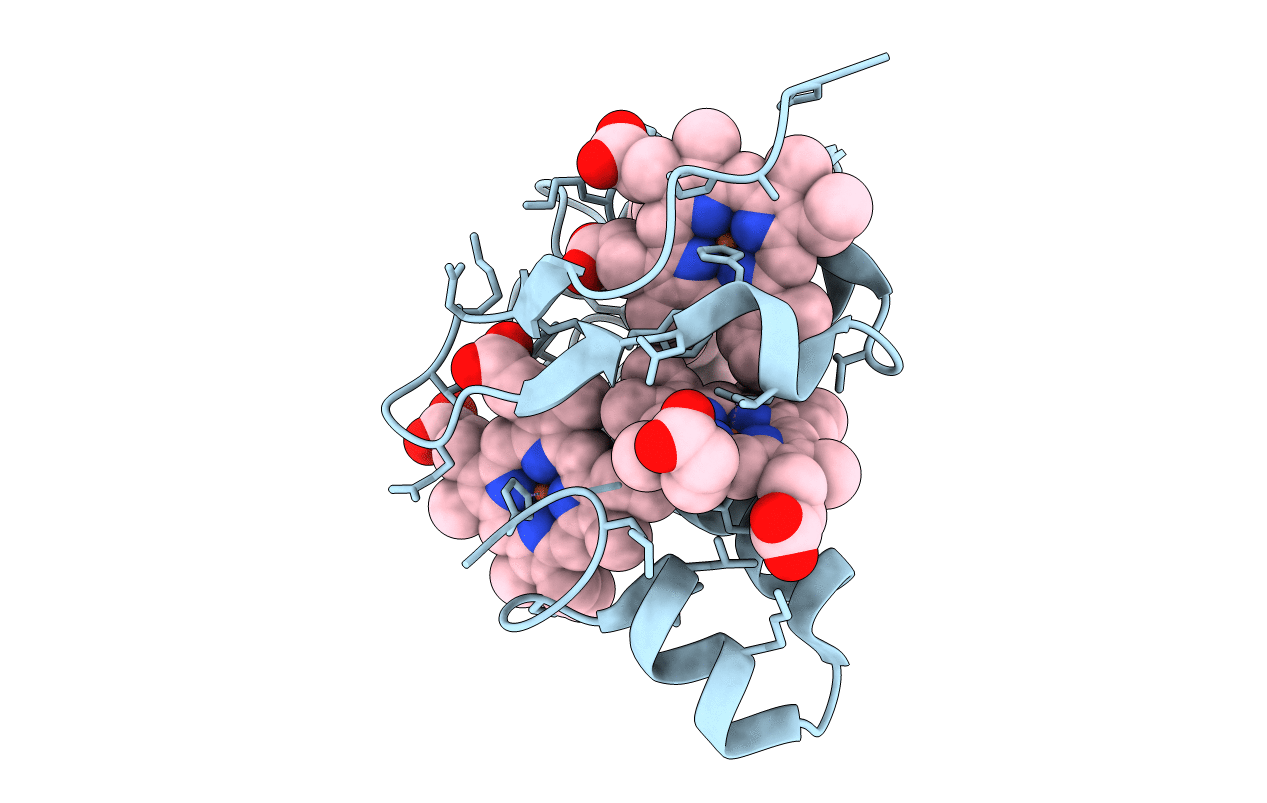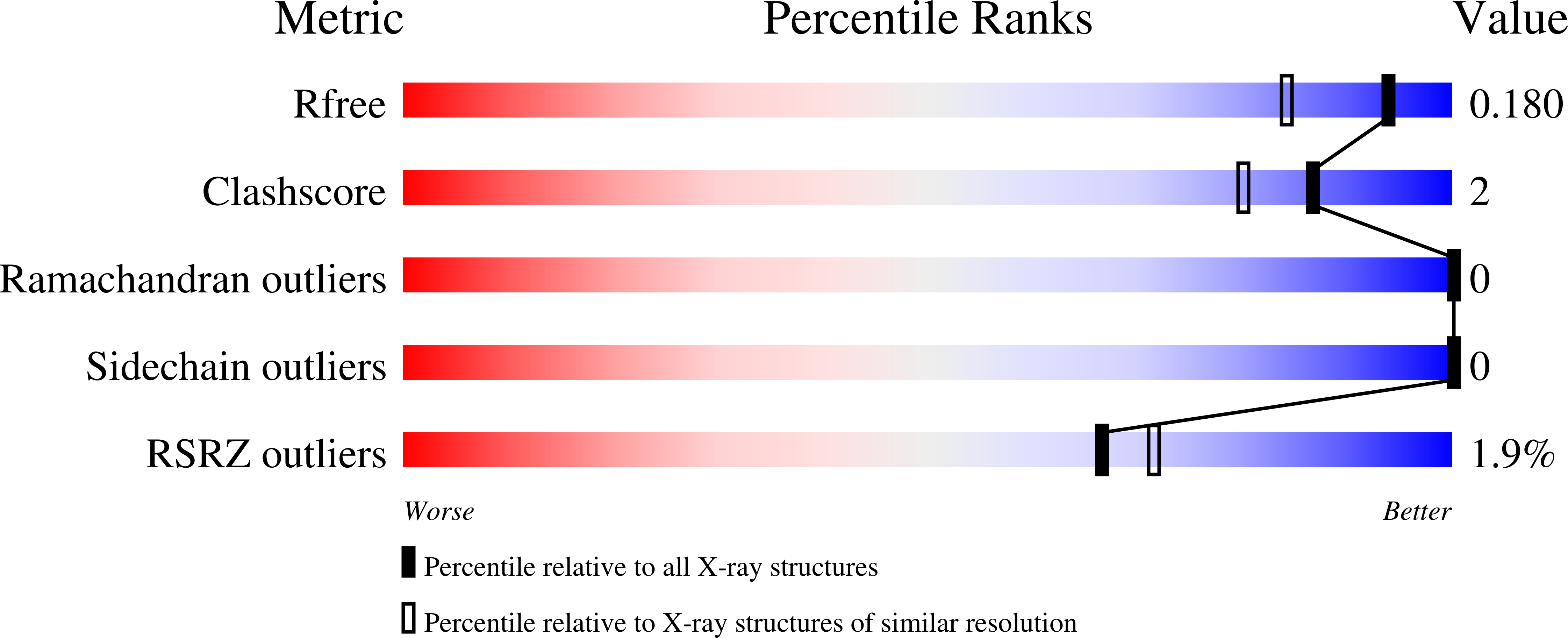
Deposition Date
2007-04-26
Release Date
2008-04-29
Last Version Date
2024-10-30
Entry Detail
PDB ID:
2YXC
Keywords:
Title:
The H25M mutant of tetraheme cytochrome c3 from Desulfovibrio Vulgaris Miyazaki F
Biological Source:
Source Organism:
Desulfovibrio vulgaris str. 'Miyazaki F' (Taxon ID: 883)
Host Organism:
Method Details:
Experimental Method:
Resolution:
1.50 Å
R-Value Free:
0.19
R-Value Work:
0.17
R-Value Observed:
0.17
Space Group:
P 21 21 21


